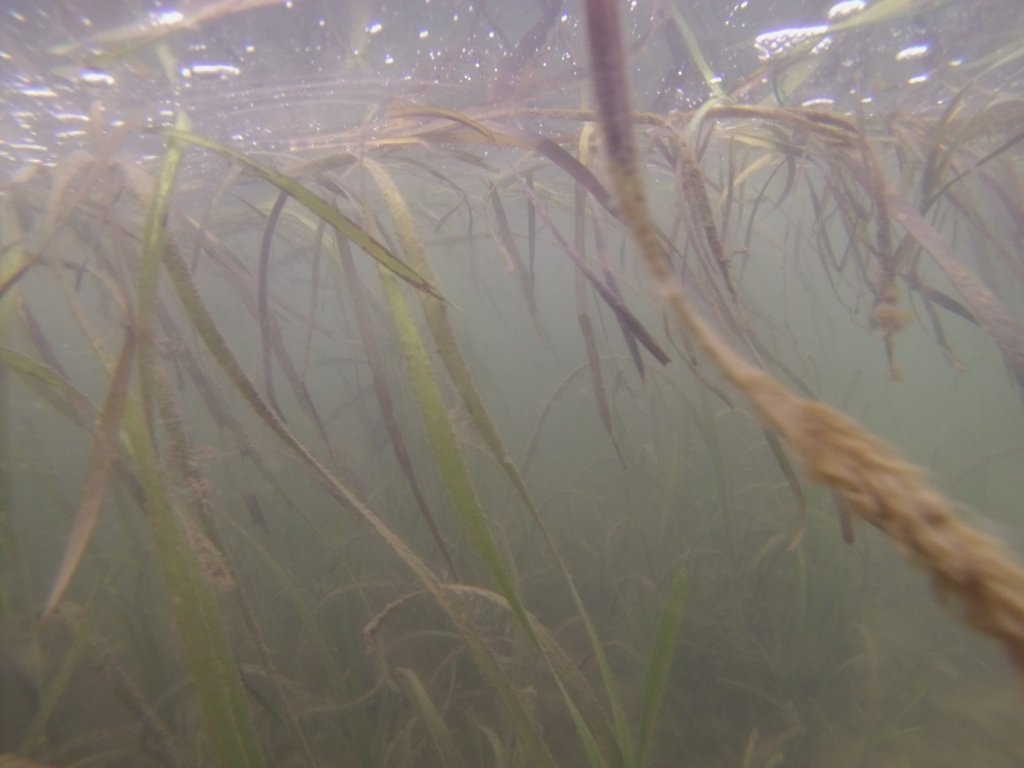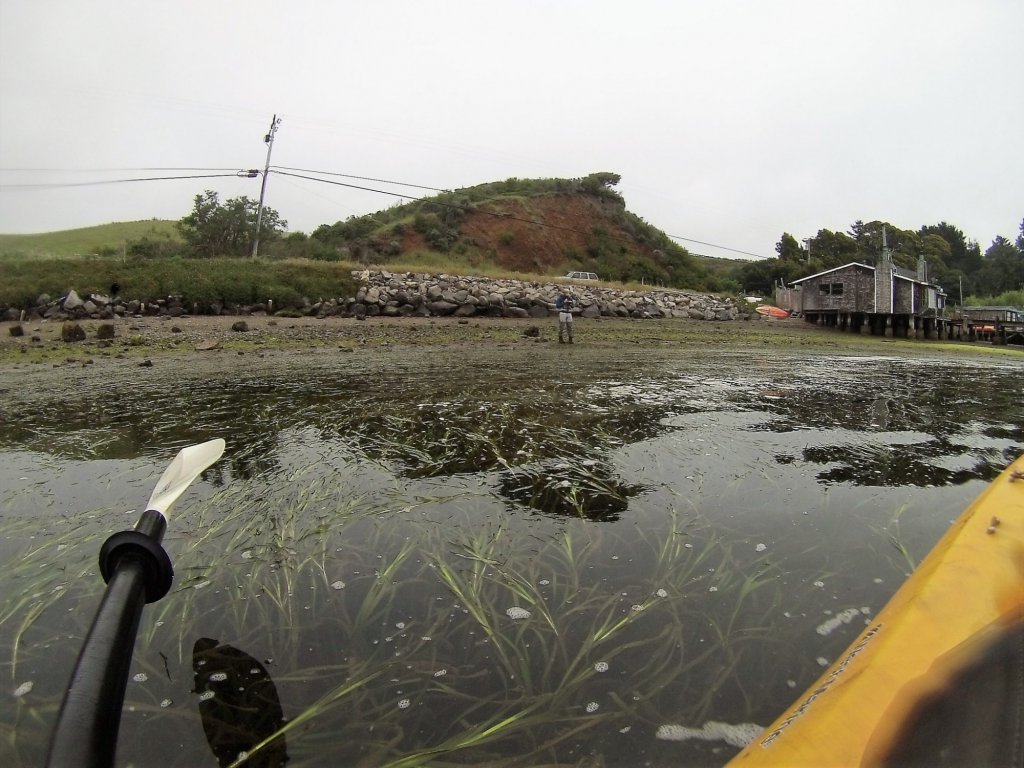Why You Should Check For This Underwater Plant Before Planning In-Water Construction
Perhaps you are considering the addition of a private boat pier to your property, or need to increase the depth of a channel through dredging. For whatever in-water construction you are planning, it’s important to know if an underwater plant called eelgrass lives in or near your project site to make sure your work can start without a hitch.
Eelgrass is considered “Essential Fish Habitat” under the 1976 Magnuson-Stevens Fisheries Conservation and Management Act because it provides important refuge for juvenile fish, such as salmon and trout. Due to the important function eelgrass has in estuarine ecosystems, eelgrass is protected by regulations in the United States. In California specifically, the National Marine Fisheries Service recommends no net loss of eelgrass habitat function.[1]
At WRA, we are highly experienced in helping clients through the permit application process for in-water work, including projects where eelgrass is present. We are equipped to perform agency-required eelgrass surveys and to analyze survey data appropriately. The skillset WRA provides helps our clients obtain permits and start project work on schedule.
To avoid project delays it is important to consider eelgrass early in project planning, even for small projects. Eelgrass may only be surveyed during its annual active growing season, which is May through September in San Francisco Bay and April through October for the rest of California. Additionally, surveys can only be conducted during specific tidal cycles, which further constrains timing. Given these logistical constraints on eelgrass surveys, planning ahead is vital for obtaining permits on time.
Eelgrass receives special attention and elevated concern under both the CEQA/NEPA environmental review and the regulatory permitting process. For this reason, a preliminary eelgrass survey that maps location of underwater vegetation is recommended for use in planning a project’s design. By incorporating eelgrass early in the design process, impacts to this underwater plant can be avoided and minimized as much as feasible.
In some cases, even with best efforts to avoid impacts to eelgrass, compensatory mitigation may still be required. To determine if a project requires mitigation, pre- and post-construction eelgrass surveys are required to assess whether the project negatively impacted the eelgrass. The pre-construction survey must be conducted during the active eelgrass growing season and 60 days or less before the start of construction. The post-construction eelgrass survey must be conducted within 30 days of construction completion if construction is completed within the active eelgrass growing season, or must be conducted the following year during the same month as the pre-construction survey if construction is completed outside of the active eelgrass growing season. To account for natural variation in eelgrass growth, surveys must also assess eelgrass at a ‘reference site’ that is near the project and not expected to be impacted by construction activity.
If required, mitigation in the form of eelgrass transplantation or seeding is a typical approach; however, finding suitable locations for restoring eelgrass is a substantial challenge. The regulatory agencies determine when mitigation is complete based on the amount of eelgrass successfully restored compared to the amount lost due to construction. The recommended mitigation requirements vary across California, but are strictest in San Francisco Bay. Thus, designing projects to avoid eelgrass habitat as much as possible and implementing measures to minimize impacts to eelgrass will ultimately benefit the cost and long-term commitments associated with the project. WRA is equipped and ready to assist your project in these efforts.
[1] National Marine Fisheries Service. 2014. California Eelgrass Mitigation Policy and Implementing Guidelines. NOAA Fisheries West Coast Region. October.





